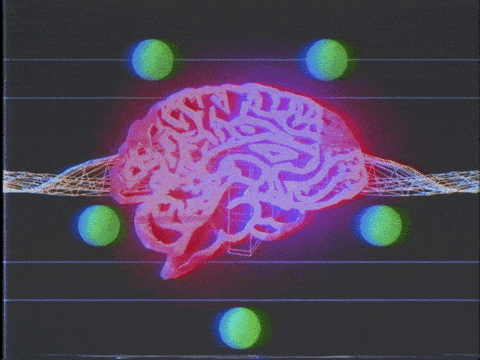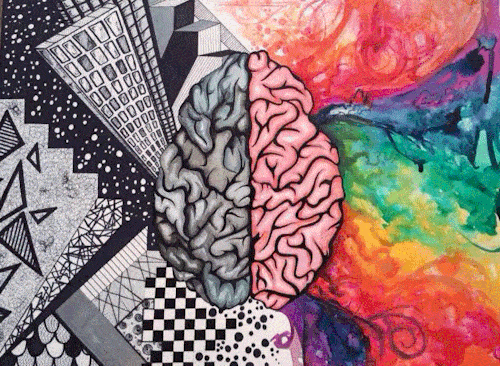


The two sides of your brain look very much alike, but there’s a huge difference in how they process information. Despite their contrasting styles, the two halves of your brain don’t work independently of each other.
The theory is that people are either left-brained or right-brained, meaning that one side of their brain is dominant. If you’re mostly analytical and methodical in your thinking, you’re said to be left-brained. If you tend to be more creative or artistic, you’re thought to be right-brained.
Have you ever wondered which of your hemispheres is dominant? Each of them is responsible for different things. Of course, they cannot work without each other. Each of us specializes in different areas, and so do our hemispheres. What are the right and left hemispheres responsible for?
Thanks to the left hemisphere of the brain, you can speak and understand what other people say to you, think logically, analyze things, perform mathematical calculations, recognize objects by touch, write. However, thanks to the right hemisphere, you can be an artist, think abstractly, create musical works, follow your intuition, be creative and invent unusual things, imagine various objects in space.
The specialization of a given hemisphere – the left one in speech and the right one in spatial imagination – does not mean that these hemispheres can perform their functions independently. For each hemisphere of the brain to function according to its specialization, there must be constant communication between them. There are no differences in the activity or number of connections between nerve cells in the right and left hemispheres. Each of us uses both hemispheres at the same time – thanks to this, the brain works properly, and we efficiently cope with everyday duties.
The lateralization of brain function is the tendency for some neural functions or cognitive processes to be specialized to one side of the brain. The medial longitudinal fissure separates the human brain into two distinct cerebral hemispheres, connected by the corpus callosum. Although the macrostructure of the two hemispheres appears to be almost identical, different composition of neuronal networks allows for a specialized function that is different in each hemisphere.
Language functions such as grammar, vocabulary, and literal meaning are typically lateralized to the left hemisphere, especially in right-handed individuals. While language production is left-lateralized in up to 90% of right-handers, it is more bilateral, or even right-lateralized, in approximately 50% of left-handers.
Broca’s area and Wernicke’s area, associated with the production of speech and comprehension of speech, respectively, are located in the left cerebral hemisphere for about 95% of right-handers but about 70% of left-handers.
The processing of basic sensory information is lateralized by being divided into the left and right sides of the body. In the vision, about half the neurons of the optic nerve from each eye cross to project to the opposite hemisphere, and about half do not cross to project to the hemisphere on the same side. This means that the left side of the visual field is processed largely by the visual cortex of the right hemisphere and vice versa for the right side of the visual field.
In the hearing, about 90% of the neurons of the auditory nerve from one ear cross to project to the auditory cortex of the opposite hemisphere. In the sense of touch, most of the neurons from the skin cross to project to the somatosensory cortex of the opposite hemisphere.
Rather than just being a series of places where different brain modules occur, there are running similarities in the kind of function seen on each side, for instance how right-side impairment of drawing ability makes patients draw the parts of the subject matter with wholly incoherent relationships, or where the kind of left-side damage seen in language impairment not damaging the patient’s ability to catch the significance of intonation in speech. This has led British psychiatrist Iain McGilchrist to view the two hemispheres as having different value systems, where the left hemisphere tends to reduce complex matters such as ethics to rules and measures, and the right hemisphere is disposed to the holistic and metaphorical.
Some popularizations oversimplify the science of lateralization, by presenting the functional differences between hemispheres as being more absolute than is the case. Interestingly, research has shown quite opposite function of brain lateralization, i.e. left hemisphere creatively and chaotically links between concepts, and the right hemisphere tends to adhere to specific dates and time, although generally adhering to the pattern of left-brain as linguistic interpretation and right brain as spatio-temporal.
Therefore it can be said that it is not so easy to say that someone is dominated by the left hemisphere, because they think logically, and for the other person – the right one because they are an artist. This is a great simplification of this science, and it is incorrect. But relative to popular belief, when you answer 20 questions in this quiz, you can find out if your behavior is attributed to the left or right hemisphere.